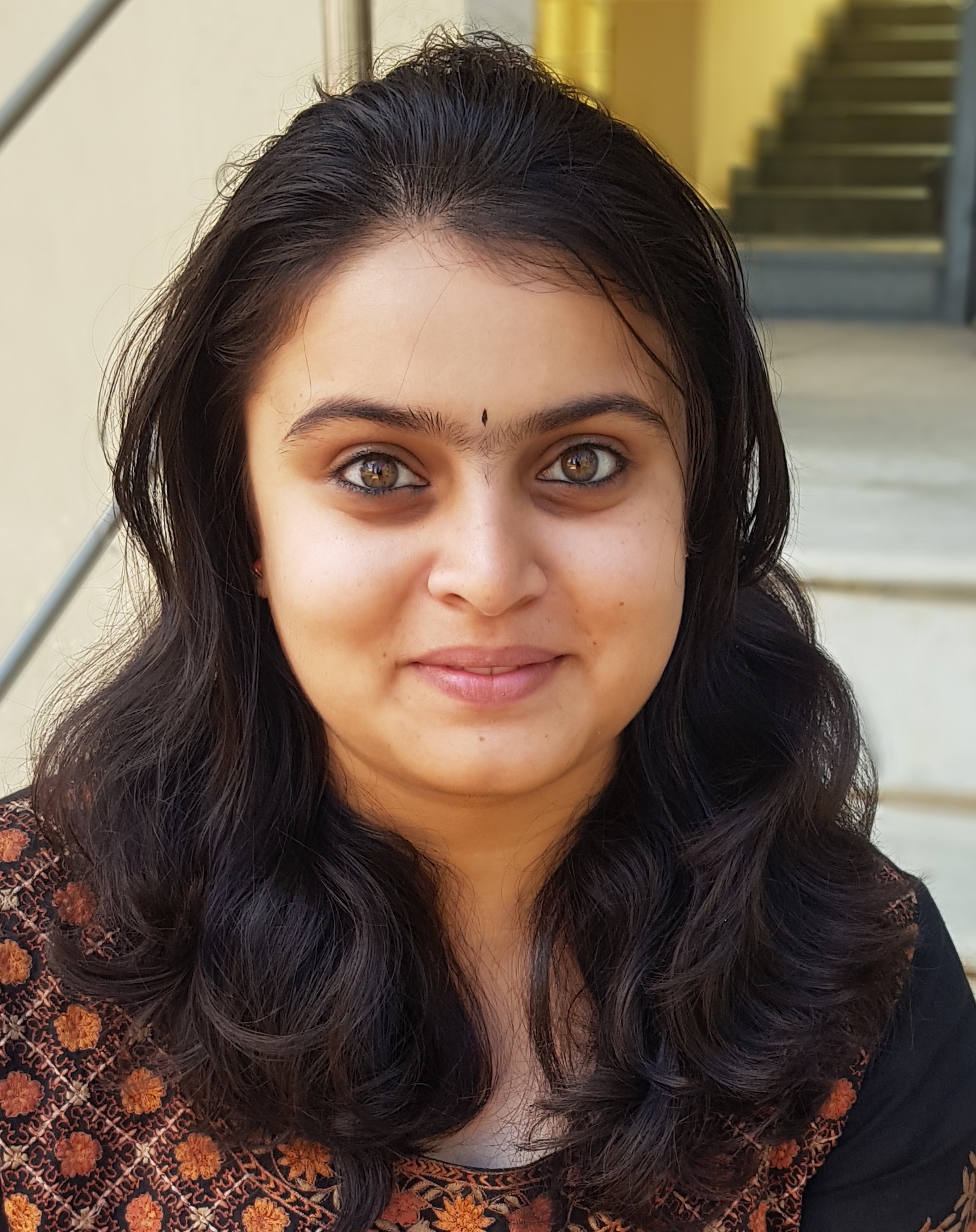GP Short Notes # 443, 22 November 2020
 Harini Madhusudan
Harini Madhusudan What happened?
On 18 November, Pfizer announced that its vaccine, developed with partner BioNTech SE, has tested to be 95 per cent effective in its final stages of clinical-stage data analysis. It has sought an emergency authorization; the vaccine is expected to be available for use before Christmas.
On 19 November, the CEO of Serum Institute of India announced that the Oxford vaccine would be priced at 1000 INR, and would be made available as early as February 2021, with a priority for the elderly and healthcare workers.
What is the background?
First, the race towards the vaccine. So far, only two vaccines have been approved - both from Russia. Sputnik V and EpiVacCorona have been granted regulatory approval and have been in use since August 2020. With 10 candidates at phase three testing, two prominent public-private partnerships are underway. The Operation Warp Speed, a trans-Atlantic initiative, is funding three vaccine candidates from the US and Europe for Phase three trials: Moderna's mRNA-1273, University of Oxford and AstraZeneca's AZD1222, and Pfizer and BioNTech's BNT162. With four leading candidates, China has administered three of its experimental vaccines by Sinopharm and Sinovac Biotech to almost a million people through its emergency use programme. The WHO has COVAX initiative to offer low-cost COVID-19 vaccines to countries.
Second, the questions over effectiveness. Vaccine characteristics that are critical for successful rollout globally, like immunization schedule (ideally a single dose), temperature stability (ideally no refrigeration), the potential for rapid scale-up of manufacturing, and low cost, which are key to mass production, are currently not being considered in the competition for licenses or marketing approval. This week's updates on vaccine development come with an ongoing race between the pharmaceutical companies to develop a vaccine promising high effectiveness and secure their position as major suppliers. However, some experts have expressed doubts; for example, Masayuki Miyasaka, a leading immunologist from Osaka University has stated, "There's no doubt that their effectiveness is quite high, but their safety is not guaranteed at all," sounding a word of caution about expectations from the vaccines.
Third, the gap between science and practice. Though the vaccine developments have promised high efficiency, there is no clarity on the distribution and availability for the regions across the world. Many laboratories have begun to take the rights to develop, manufacture, and commercialize it for their own countries' consumption. The WHO has warned of "building a base camp on Mount Everest, not reaching the summit," indicating that the real challenge is the enormous task of global immunization.
What does it mean?
It has been almost a year since the breakout. Though vaccine development is a tedious process, scientists have projected that the protection may be relatively short-lived (likely a year), requiring more than one dosage per person.
The multiple vaccines in the race would help in meeting global demand. However, they would also bring out the differences between nations that have the means to develop/procure vaccinations and the developing world.
Given that the news on vaccine developments is exciting, there is cause for concern when even in countries like India, "Probably by 2024, every Indian would get vaccinated," is the only official statement that would come from the leading vaccine lab. The vaccine conundrum brings to the fore the limitations faced during times of crisis despite the heights of technological growth.